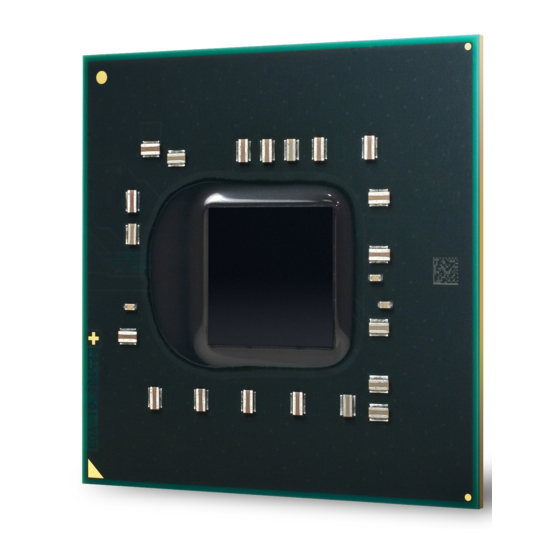
Intel Core 2 Duo Processor User Manual
Development kit with ddr3 system memory
Hide thumbs
Also See for Core 2 Duo Processor:
- User manual (57 pages) ,
- Installation instructions manual (11 pages) ,
- Datasheet (113 pages)








Need help?
Do you have a question about the Core 2 Duo Processor and is the answer not in the manual?
Questions and answers